Well to my dismay, another invasive species. Ever remember pulling the center out of a honeysuckle flower to get the nectar? Most likely it was Japanese Honeysuckle or Lonicera japonica. Read more to find out about Japanese Honeysuckle an aggressive invasive species.
History of Japanese Honeysuckle
There are species of honeysuckle that are native to the United States. Unfortunately, this one is not. In the early 1800s, the plant was brought to the United States from Japan. There are 3 varieties of Lonicera japonica. Its original use was an ornamental bush. Japanese Honeysuckle is an invasive species in several countries.
Characteristics of Japanese Honeysuckle
Japanese honeysuckle is a trailing or twinning woody vine. Branches or vines can grow to 30’. The branches are flexible. They grow in a flowing arch-like manner. For that reason, and the leaf pattern, the foliage is dense. In the spring, it produces clusters of white and tinted pink flowers. The flowers turn yellow as they age. They don’t last long. Black to purple berries follow the flowers.
Leaves are ovately shaped. They are opposite on the stem. They form a dense canopy. Usually they are dark green. Without the flowers, the plant is plain and hardly noticeable.
Invasive Species -How Japanese Honeysuckle Kills Native Species
These are the characteristics of honeysuckle that make it invasive. First it grows in a variety of conditions. However, it needs some sunlight. Next, it proliferates easily. The plant sends runners across the ground that root easily. It is hard to kill. Finally, they produce copious amounts of berries. Birds love the berries. They help spread the species. It is easy to find on the forest edge or in disrupted areas. You can almost always find it near Autumn Olive, another invasive species.
Finally, Japanese honeysuckle takes invasion a step further. Its growth pattern is vigorous and aggressive. The branches or vines intertwine and create extremely dense thicket. The thicket prevents light from getting to native plants in the lower part of the forest floor. As a result, they are crowded out. Seems like a big price to pay for a plain plant. Too bad people didn't understand ecosystems back then. I guess they still do the same thing today.
References:
Read more from these great resources.
USDA, U.S. Department of Agriculture, National Invasive Species Information Center, access 05/10/2020, https://www.invasivespeciesinfo.gov/profile/japanese-honeysuckle
University of Florida, Center for Aquatic and Invasive Plants, 'Plant Directory', http://plants.ifas.ufl.edu/plant-directory/
Global Invasive Species Database, ‘Lonicera japonica’, access 05/10/2020, http://www.iucngisd.org/gisd/species.php?sc=158
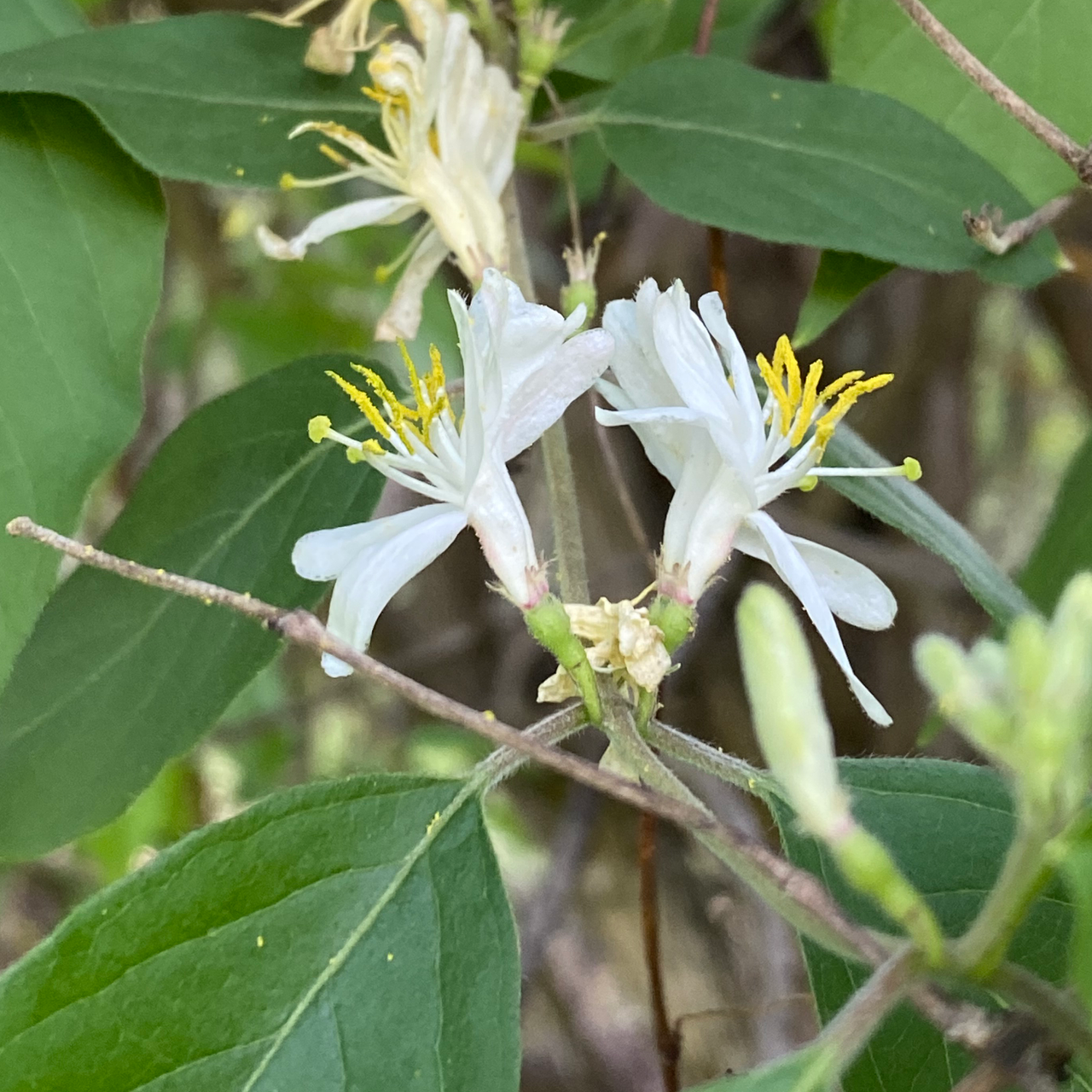
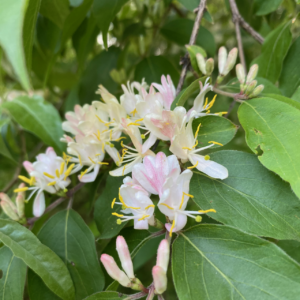
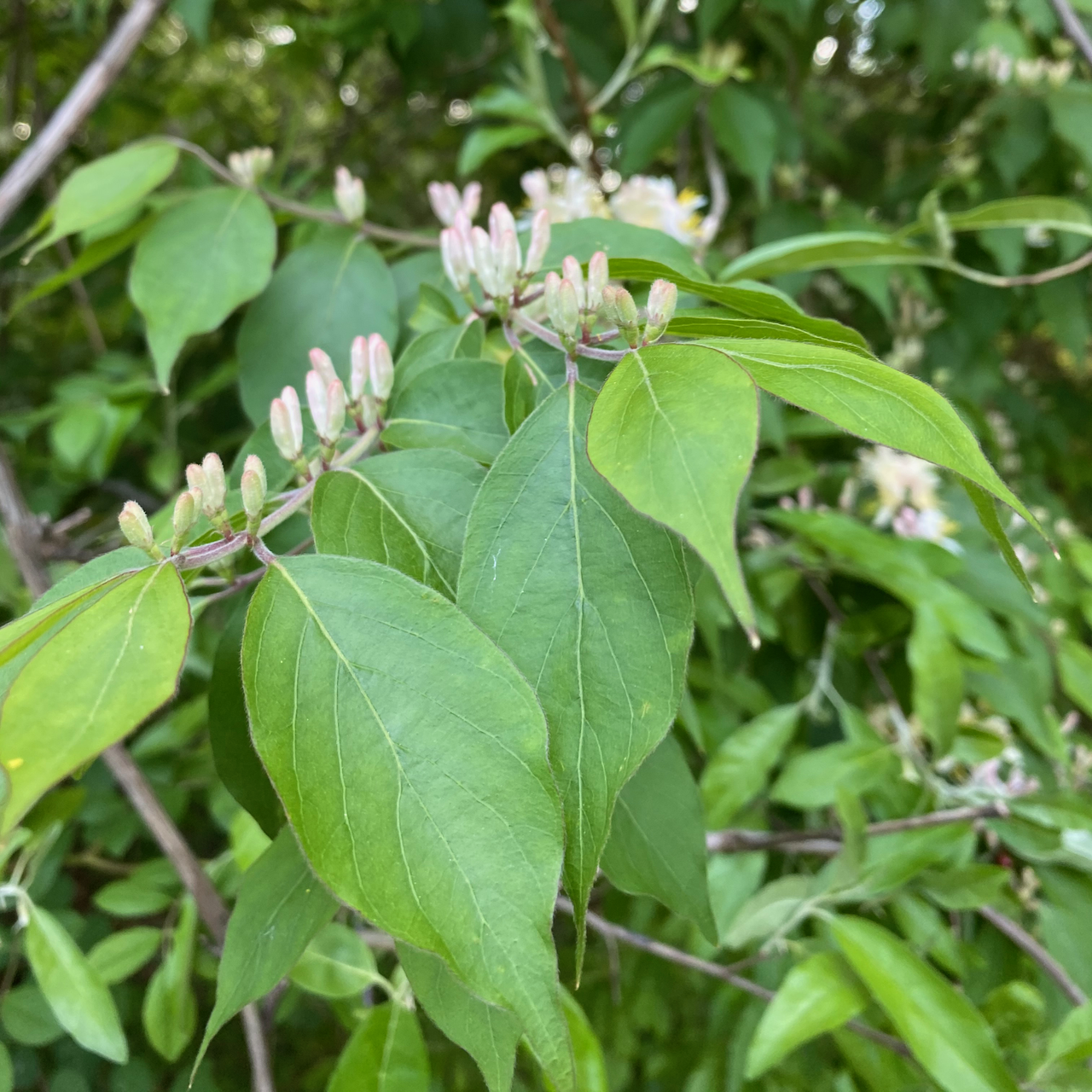
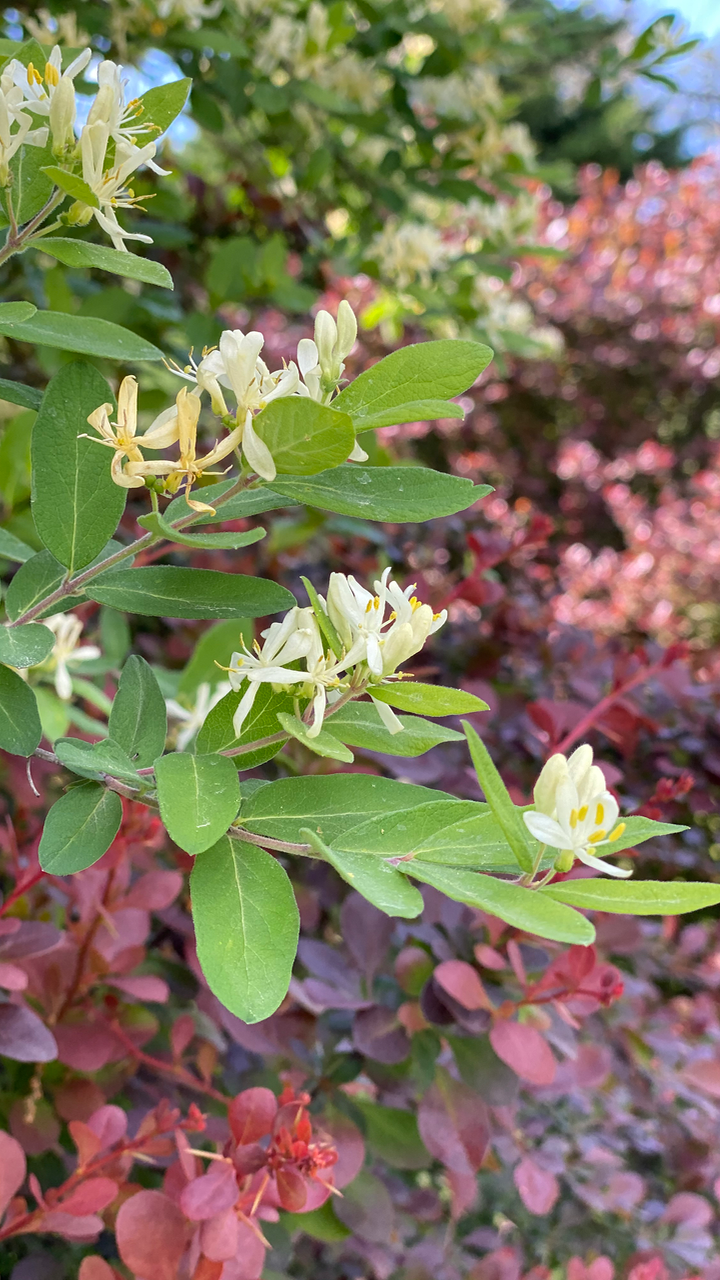
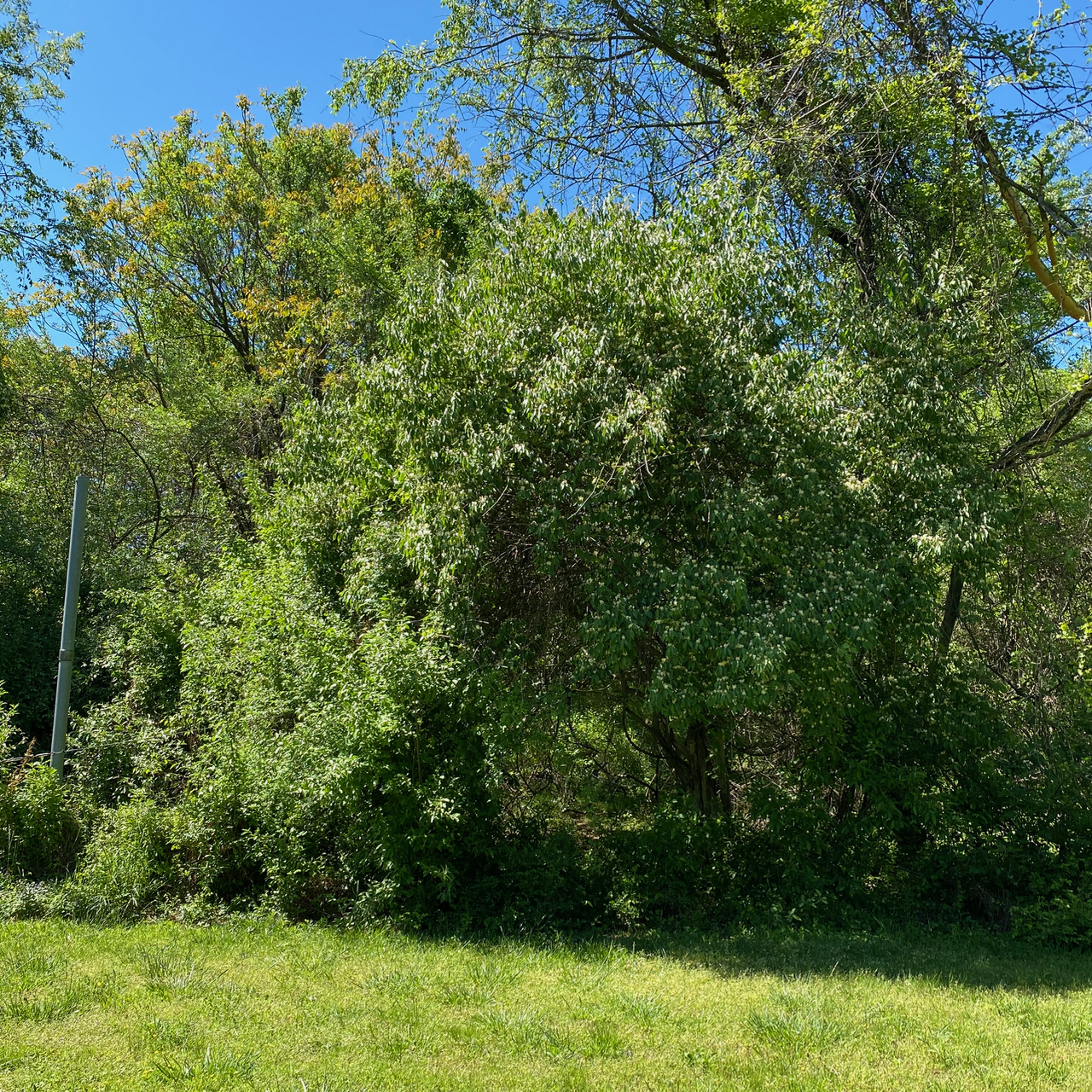
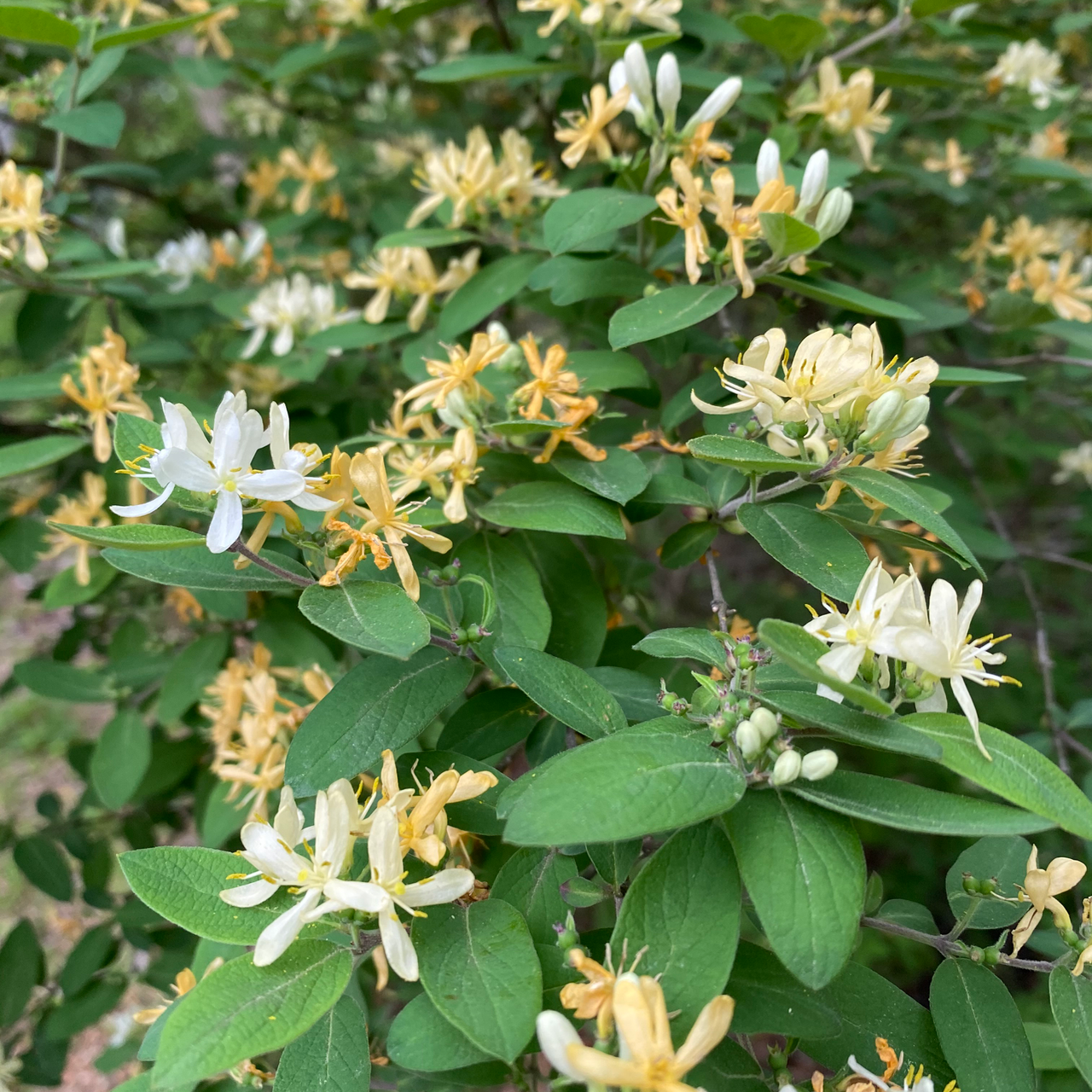
One thought on “Japanese Honeysuckle – Lonicera japonica”
Comments are closed.